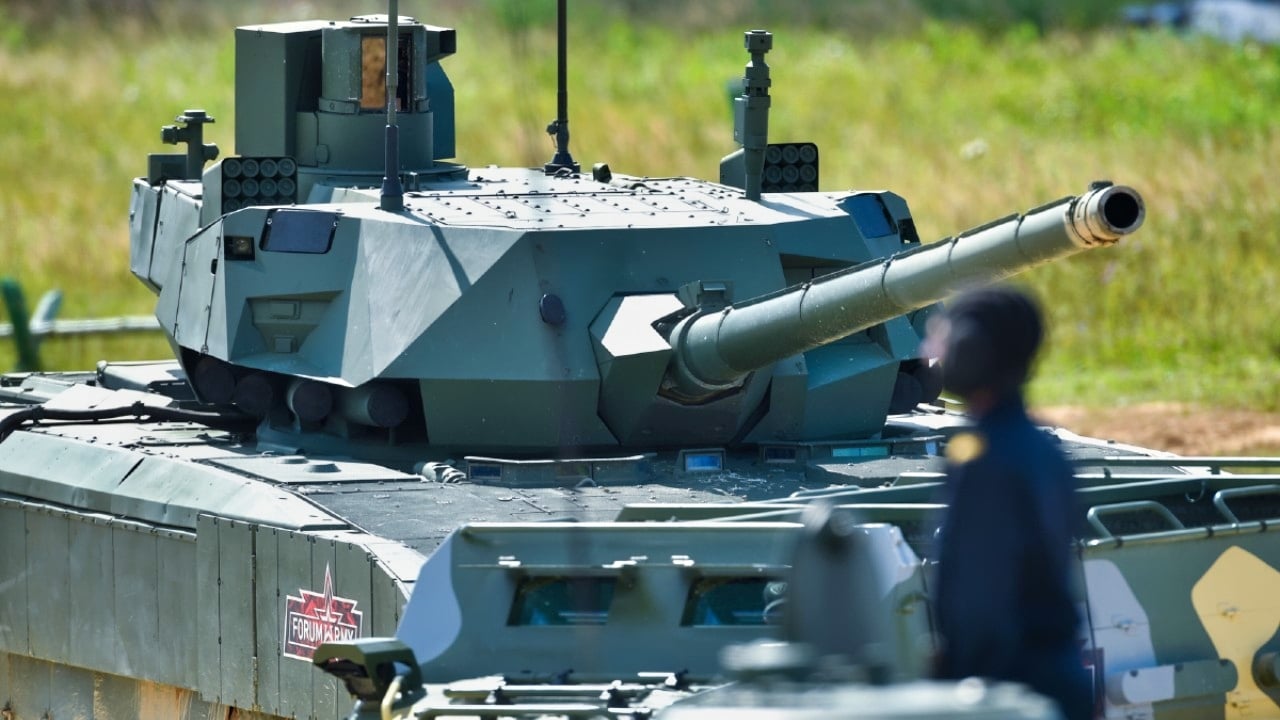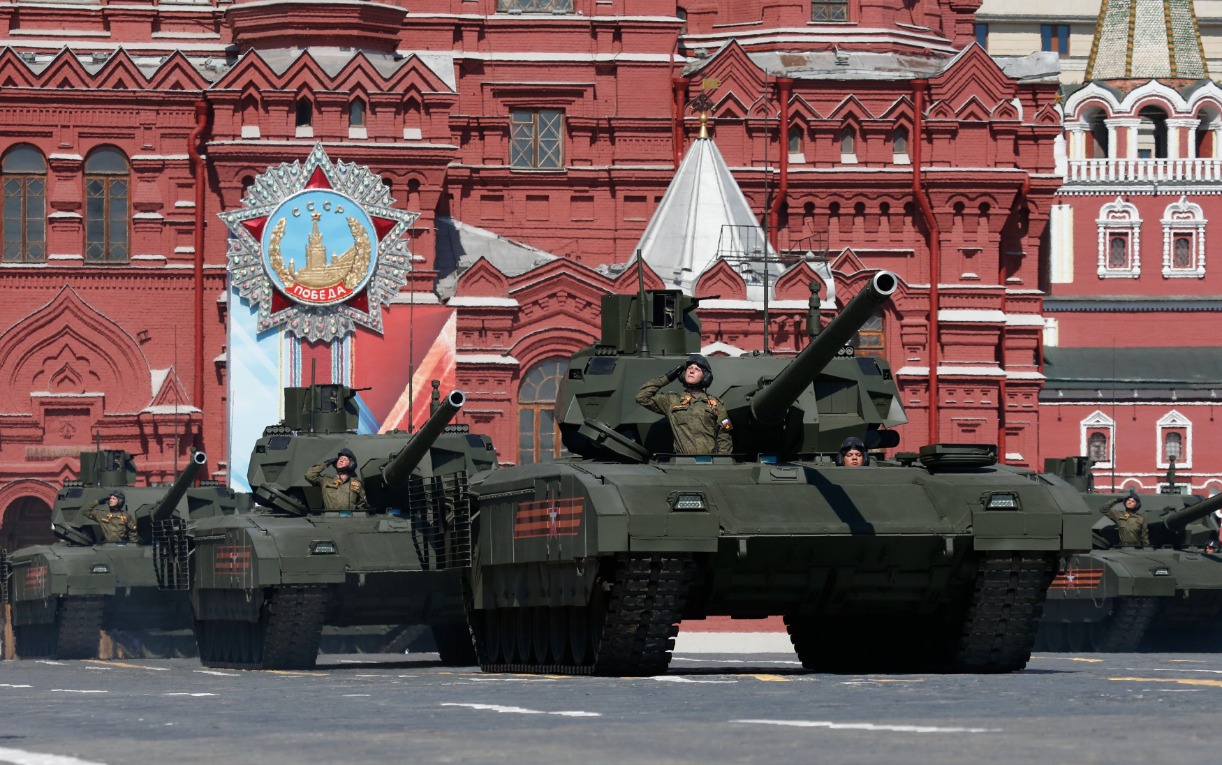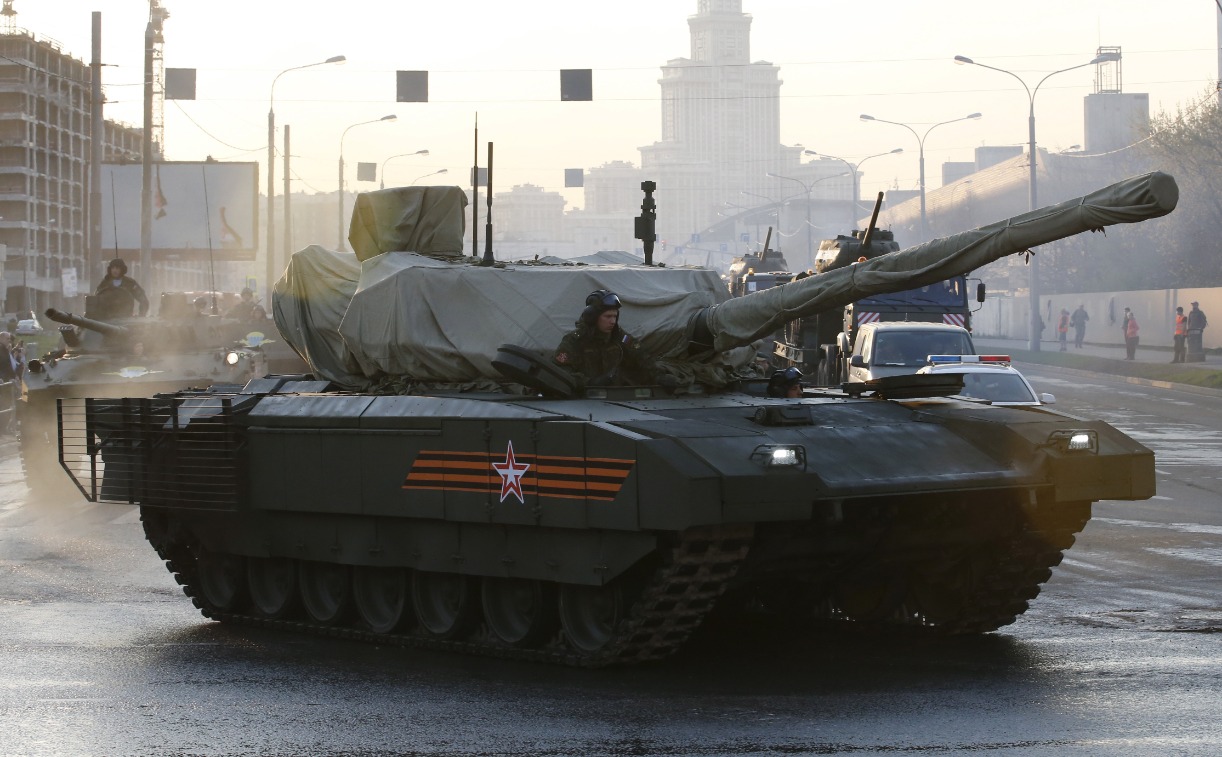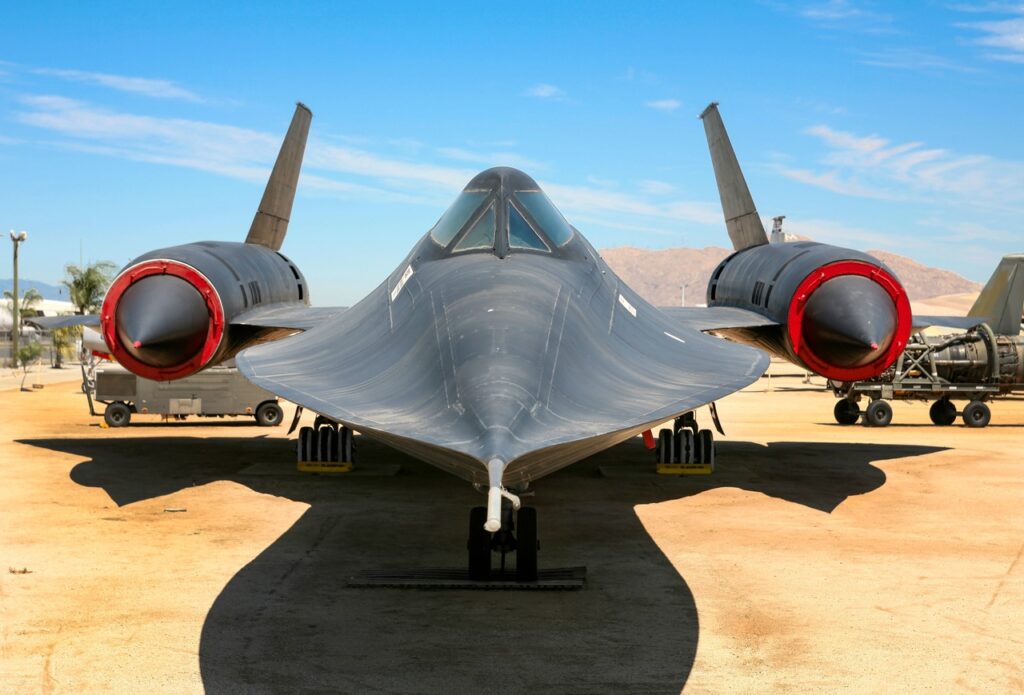
T-14 Armata: Russia’s ‘Super Tank’ Stuck in Production Limbo
What You Need to Know: The T-14 Armata, Russia’s latest high-tech main battle tank, initially promised cutting-edge advancements like a three-man crew capsule, improved explosive-reactive armor, and remote-control weaponry.
-Designed by UralVagonZavod, the Armata boasts impressive specifications but has yet to prove its worth on the battlefield.
-Production delays, high costs, and reliability issues have hindered its deployment, even in Ukraine. Russian officials now focus on the T-90 tank as a more feasible alternative, casting doubt on the T-14’s future.
-The Armata’s saga illustrates Russia’s struggle to translate ambitious military designs into effective, deployable assets.
Is Russia’s T-14 Armata Tank Too Expensive for the Battlefield?
T-14 Armata Profile: Vladimir Putin’s seemingly never-ending “special military operation” in Ukraine, don’t you dare call it an actual “voyna [war]” in President Putin’s presence, has been a huge embarrassment for the Russian military-industrial complex, in terms of underwhelming battlefield performance and huge material and manpower losses.
In other instances, exorbitant expenses and other production maladies prevent such seemingly high-potential weapons systems from even deploying into combat in the first place.
This has been especially true of Russia’s previously highly touted and much feared main battle tanks, from Cold War leftovers like the T-72 to newer tanks like the current subject at hand, the T-14 Armata.
T-14 Armata Initial History & Specifications
Designed by UralVagonZavod, the T-14 Armata, industrial designation Obyekt 148, was produced in prototype form from 2014 to 2021, and then finally entered into a full production phase in 2021.
The T-14 Armata comes with the following specifications and vital stats:
Crew Capacity: three (commander, driver, and gunner)
Mass: fifty-five tons
Length: 10.7 meters (thirty-five feet)
Width: 3.5 meters (eleven feet)
Height: 3.5 meters (eleven meters)
Max Speed: seventy-five to eighty kilometers/h (forty-seven to fifty miles/h)
Operational Range: At least 500 kilometers (310 miles)
Armament:
one 2A82-1M 125 mm smoothbore cannon with forty-five rounds and automatic loading system; reportedly has a maximum effective range of five kilometers (3.1 miles) and a maximum overall firing range of twelve kilometers (7.4 miles)
one 12.7mm (.50 caliber) Kord machine gun (6P49),
One 7.62 mm PKTM machine gun
(Optional) 57mm grenade launcher on the side of the turret
Dr. Brent M. Eastwood, my colleague notes, “The three-man crew operates out of the front turret in a specially armored capsule while remotely controlling the gun, which should give the soldiers better survivability…The T-14’s explosive-reactive armor has also been improved. The sensors are designed to better react to enemy fire. The new tank was said to be able to avoid anti-tank missiles.”

T-14 Operational History—Or Lack Thereof?
Well, ladies & gents, there’s the rub.
Thus far, the operational performance of the oh-so-hyped Armata can be summed up in the title of one of William Shakespeare’s plays: “Much Ado About Nothing.”
As to why this is the case, my colleague Stavros Atlamazoglou elaborates in a October 20, 2024 article for The National Interest, grimly but entirely appropriately titled “Russia’s T-14 Armata Tank Nightmare Is Just Getting Started”, “Despite years of promotional fanfare, the tank has suffered production delays and manufacturing issues…In March, Sergey Chemezov, who leads the Russian defense giant Rostec, confirmed prior Western intelligence assessments and our coverage here at The National Interest that the Russian military hasn’t deployed the T-14 Armata tank in Ukraine…Chemezov said that the T-14 Armata is simply too expensive to deploy in the fighting in Ukraine, adding that the T-90 main battle tank is a more efficient option…Previously, the TASS state news agency had stated that the Russian military had used the T-14 Armata in Ukraine several times. The state-controlled media outlet has been known to push the Kremlin’s narrative, regardless of its accuracy.”

The Way Ahead
The future of the T-14 doesn’t appear to be any more hopeful than the present. As already hinted at in the above-quoted passage, the emphasis now seems to be making the most of Russia’s other newfangled MBT, the T-90, though, quite frankly, the T-90 isn’t looking too impressive thus far either, which we shall cover in a separate, concurrent article to this one.
About the Author:
Christian D. Orr is a Senior Defense Editor for National Security Journal (NSJ). He is a former Air Force Security Forces officer, Federal law enforcement officer, and private military contractor (with assignments worked in Iraq, the United Arab Emirates, Kosovo, Japan, Germany, and the Pentagon). Chris holds a B.A. in International Relations from the University of Southern California (USC) and an M.A. in Intelligence Studies (concentration in Terrorism Studies) from American Military University (AMU). He has also been published in The Daily Torch , The Journal of Intelligence and Cyber Security, and Simple Flying. Last but not least, he is a Companion of the Order of the Naval Order of the United States (NOUS).
Image Credit: Creative Commons and/or Shutterstock.


